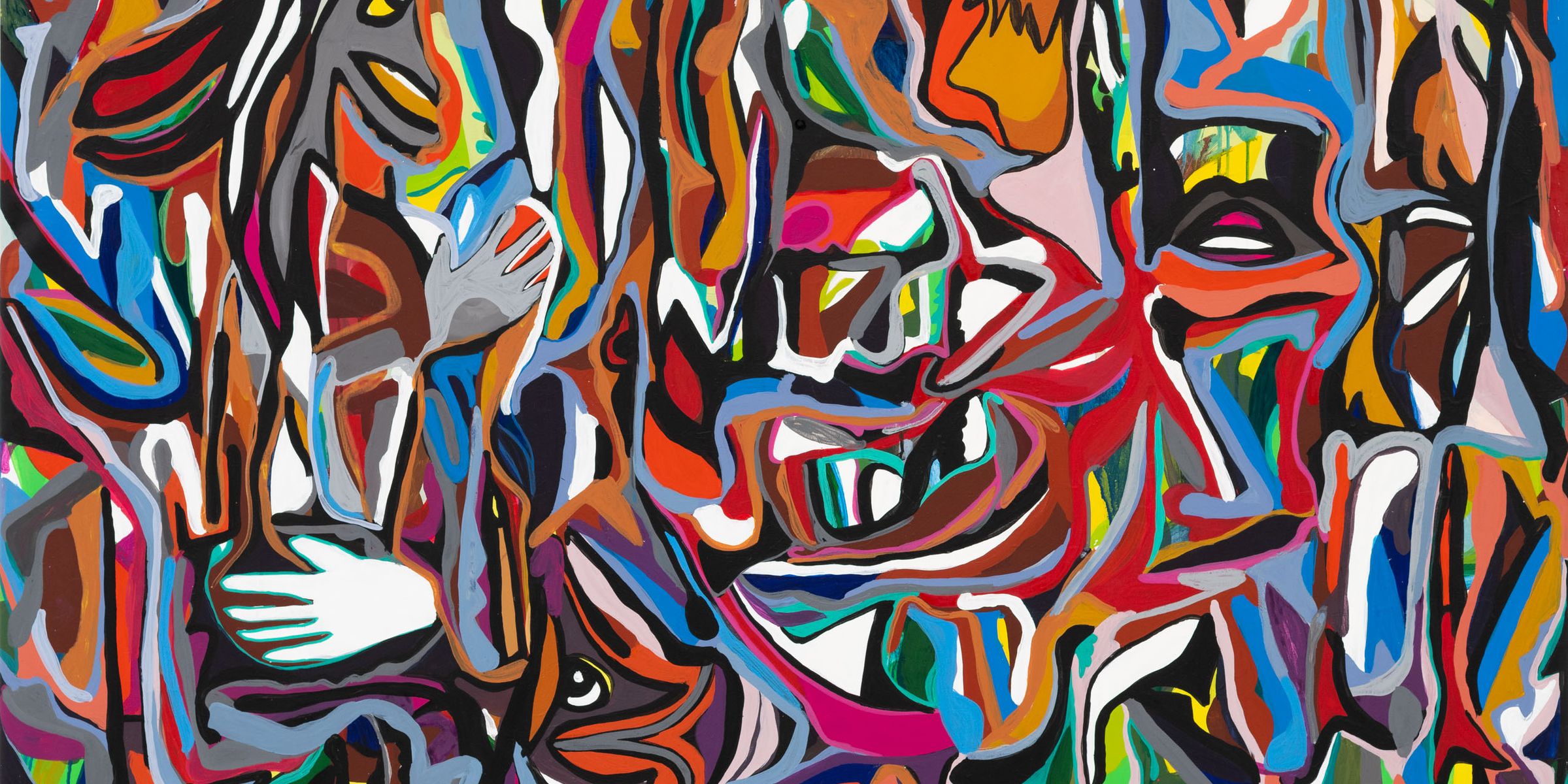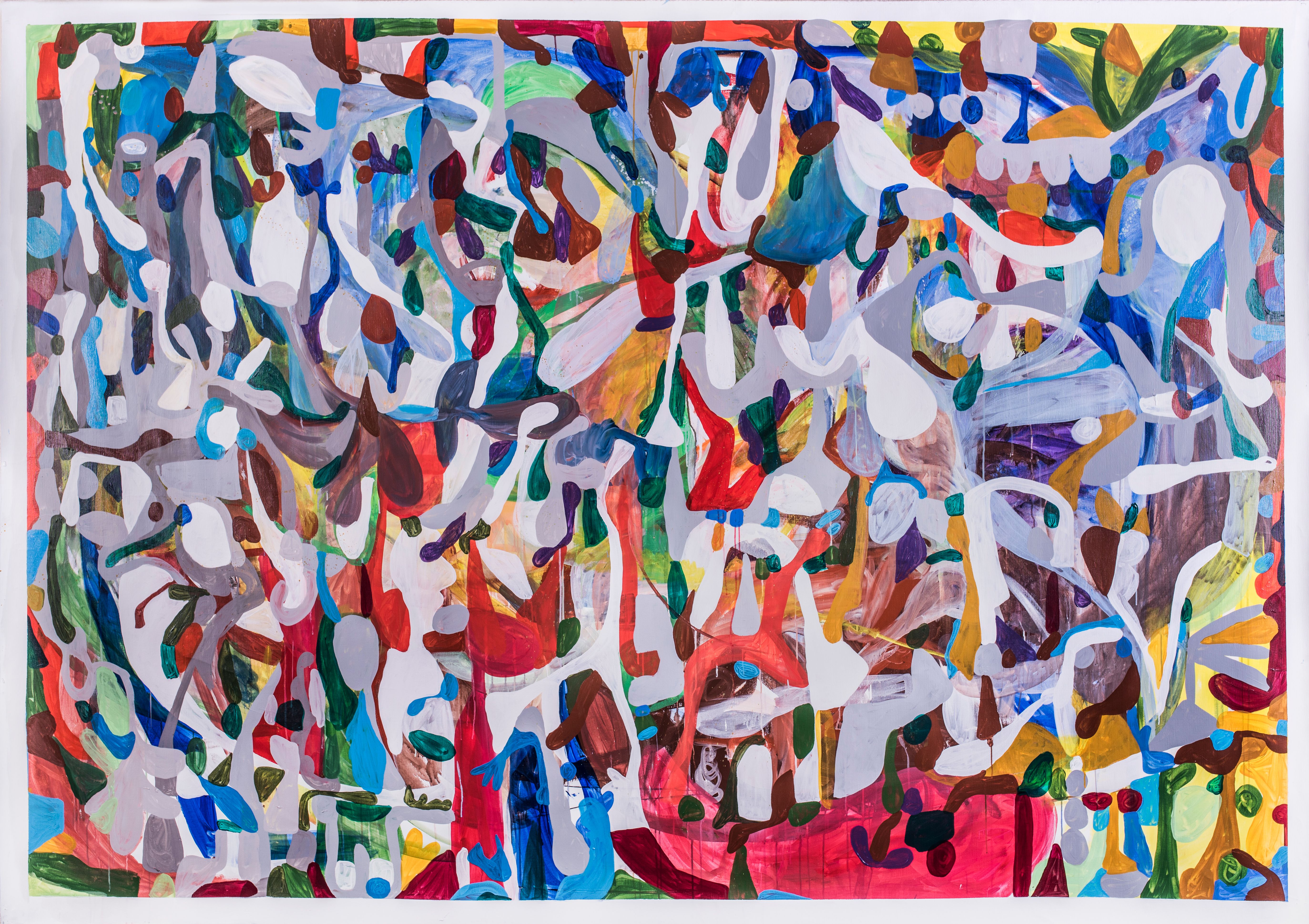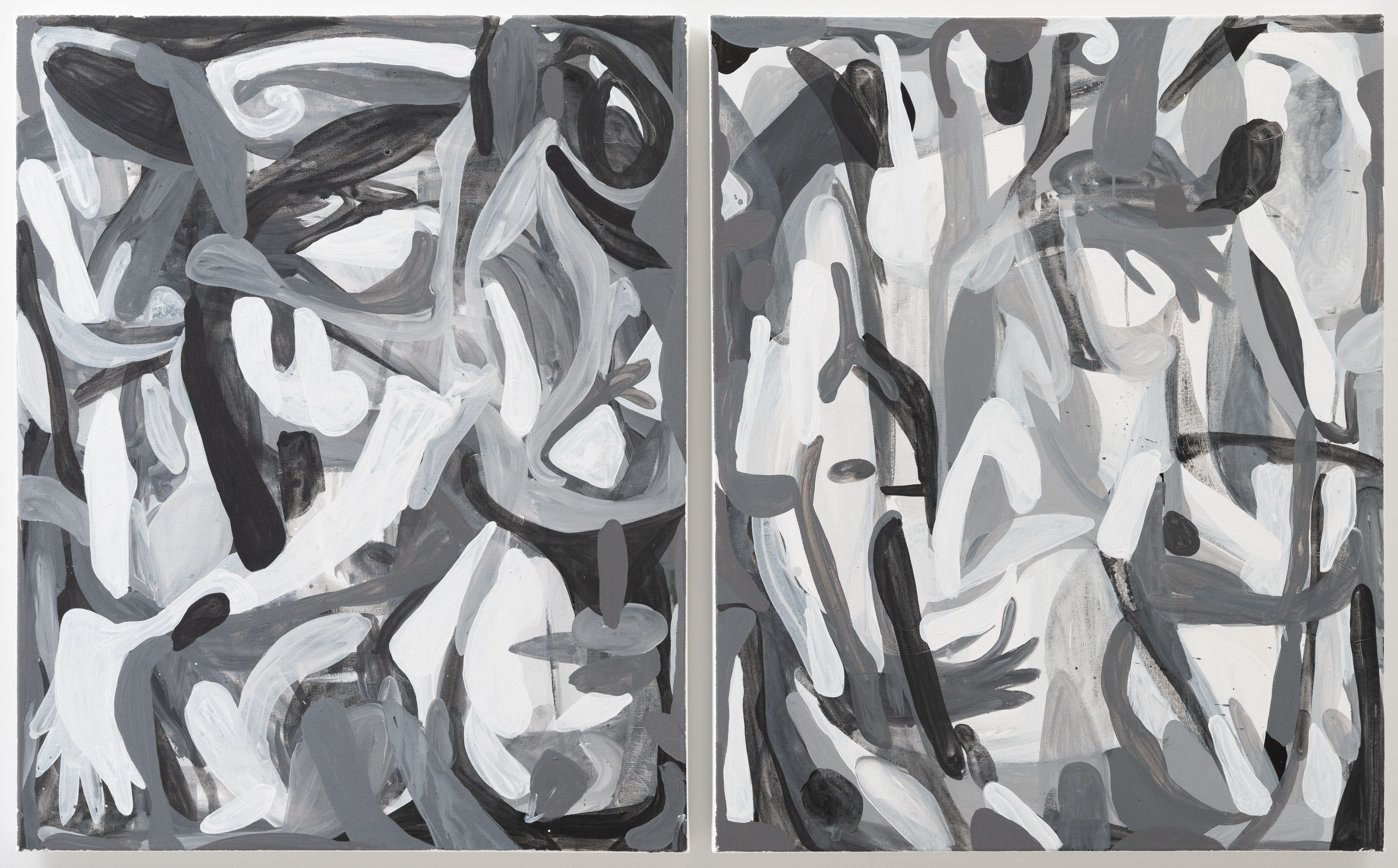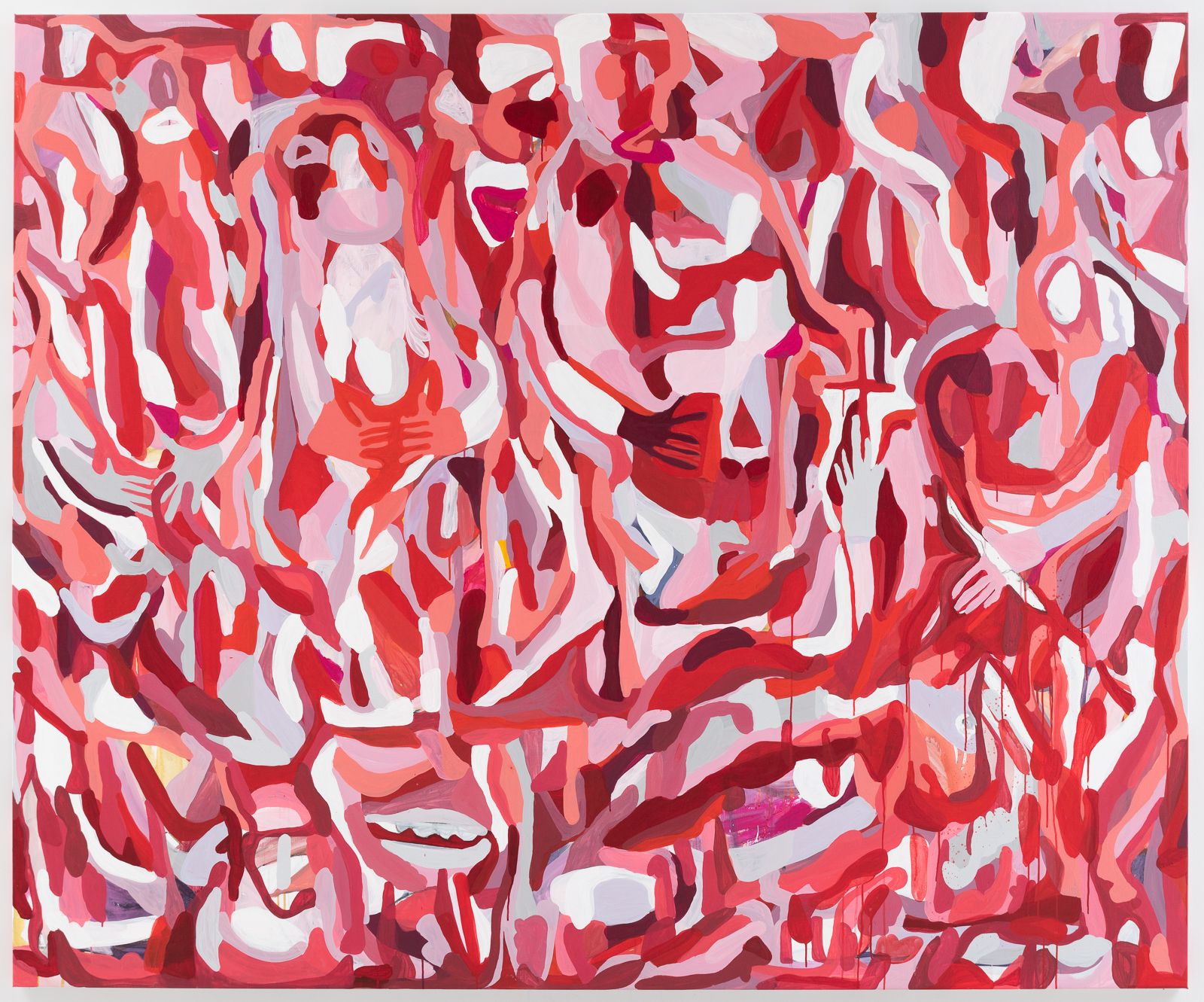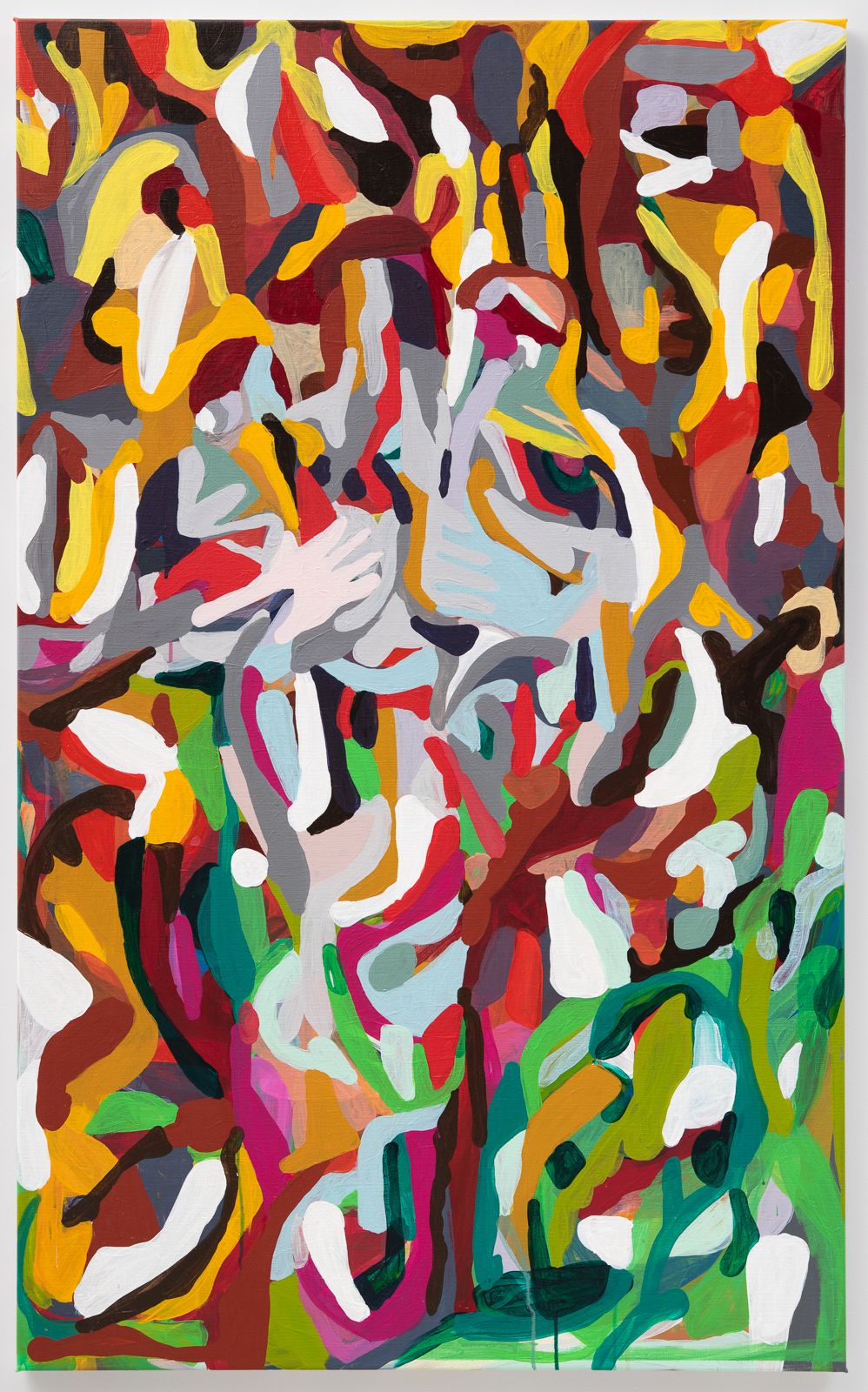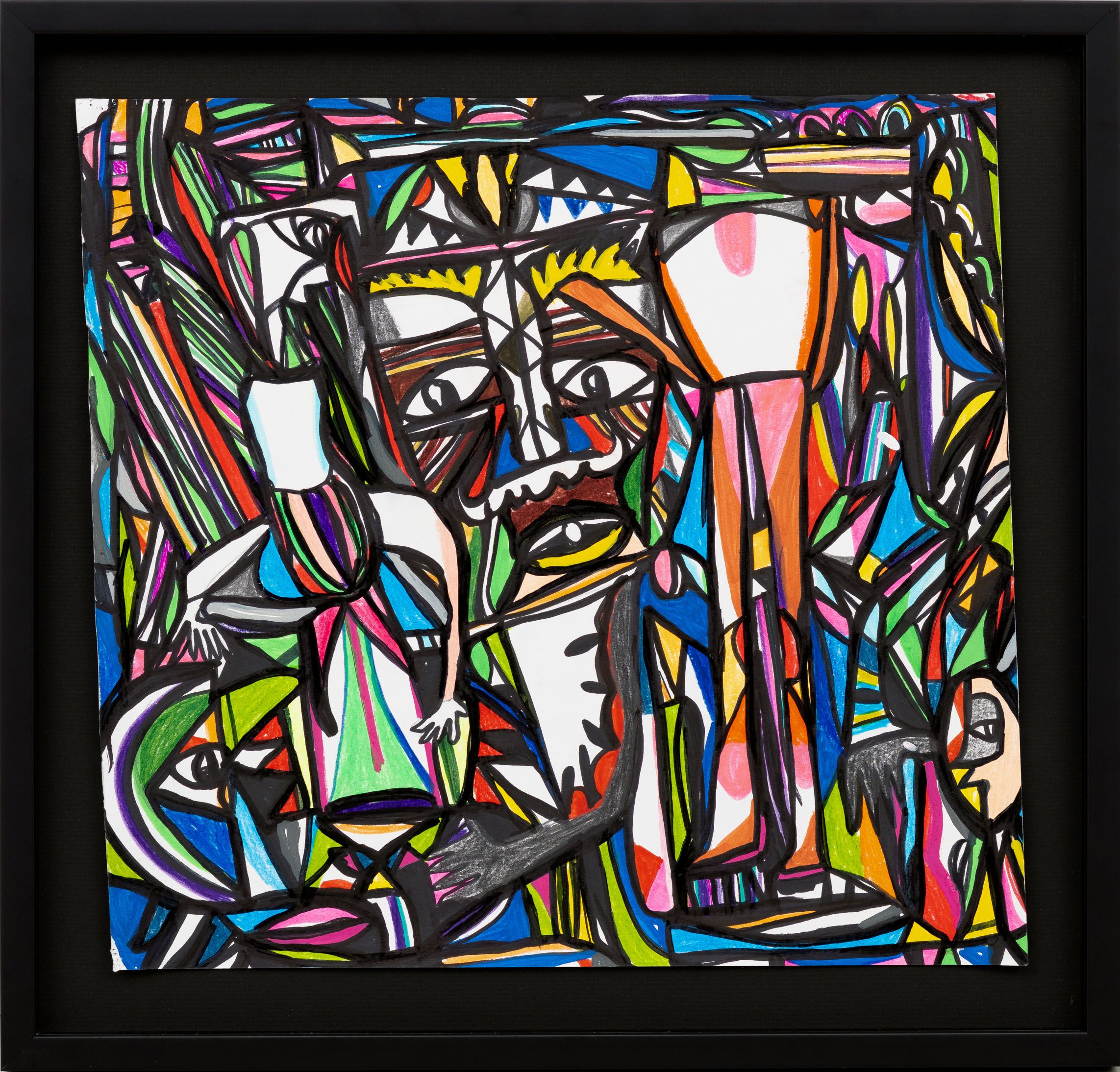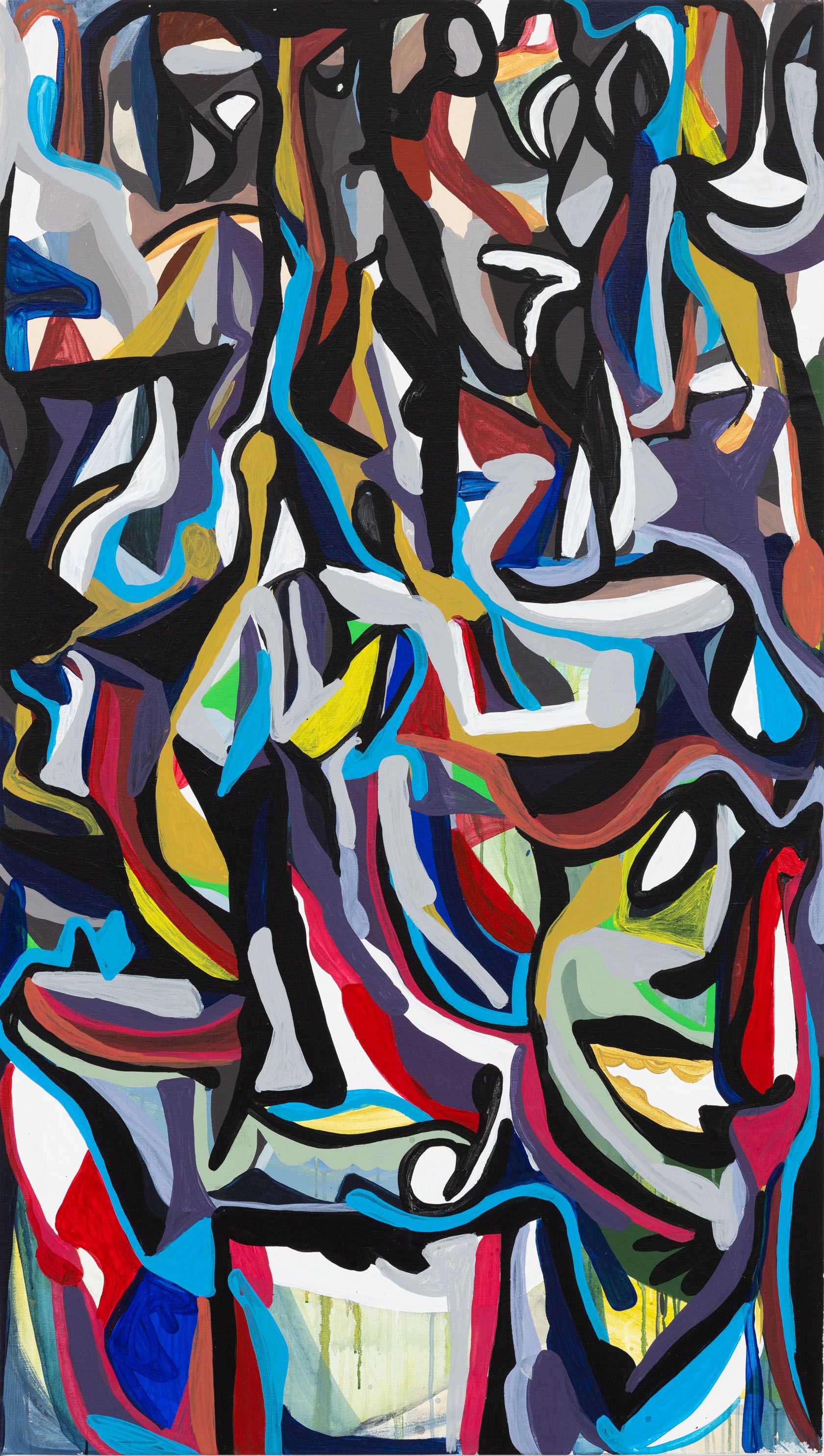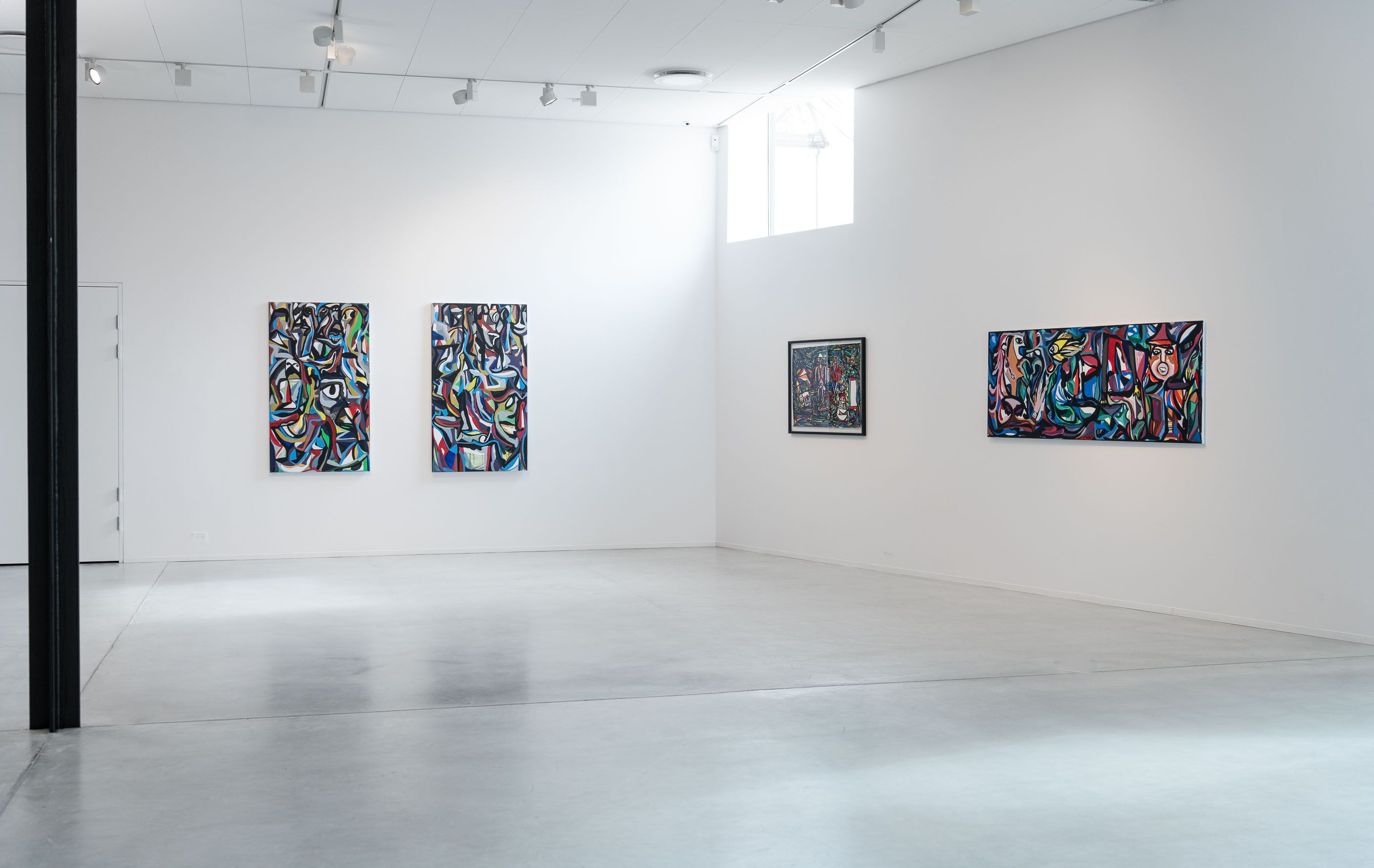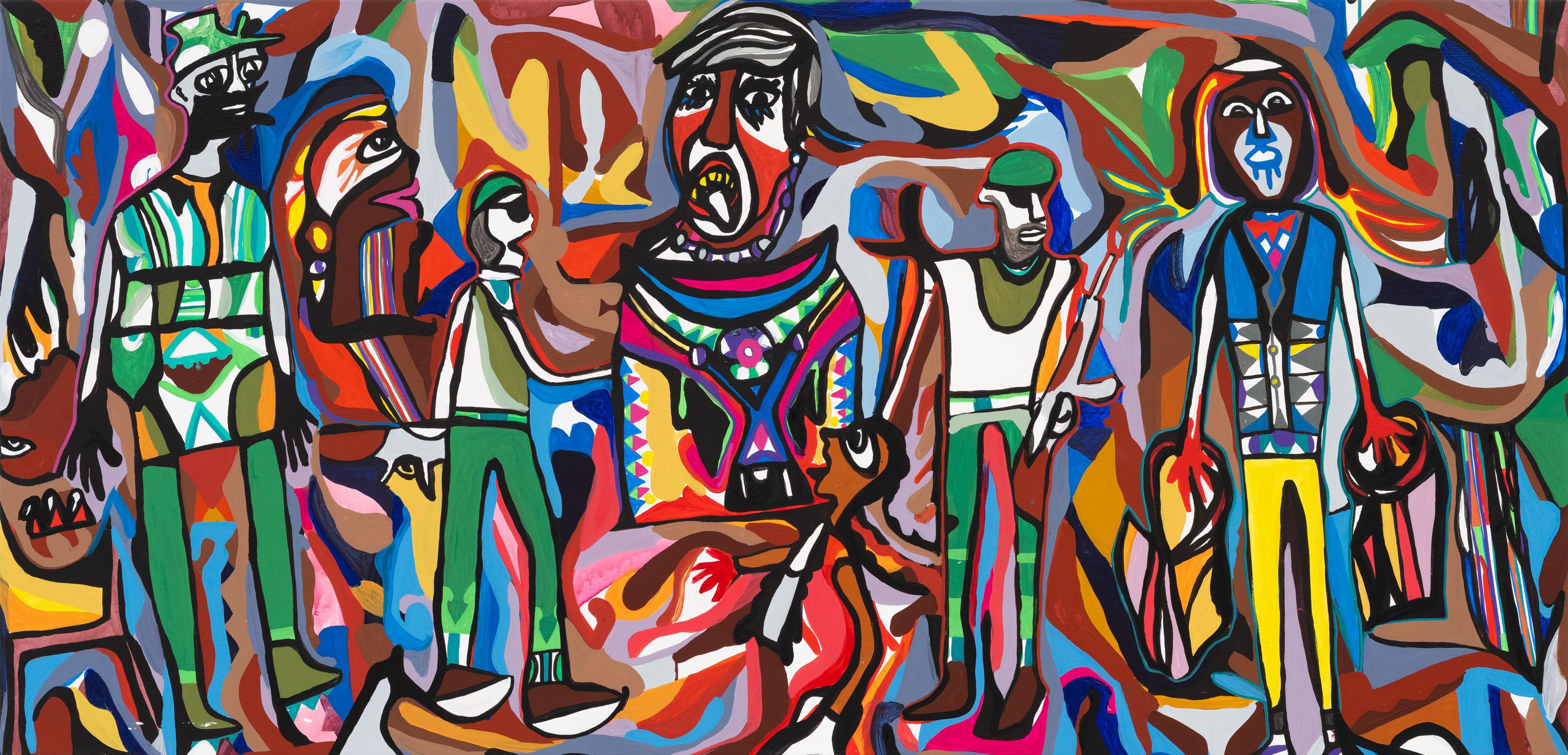
Akvarell-intervju med Anna Ihle / A Watercolor Interview with Anna Ihle
After 2016 CAS Resident Mathias Kryger visited Stavanger he engaged in a somehow unusual correspondence with the artist Anna Ihle. The interview below is composed partly in watercolours, partly in words, and is published as it was conducted in Danish and Norwegian. During my brief residency in Stavanger in the fall of 2016, I visited several artists who lived there. One day I went for breakfast at Atelierhuset Tou Scene, a wonderful and generous studio community, where there was warm, homemade bread, cold butter, and coffee as black as oil. I met a nice group of artists there, among them Anna Ihle, who had just moved back to the city.
- NO
- 6 June 2017
- Free Form
